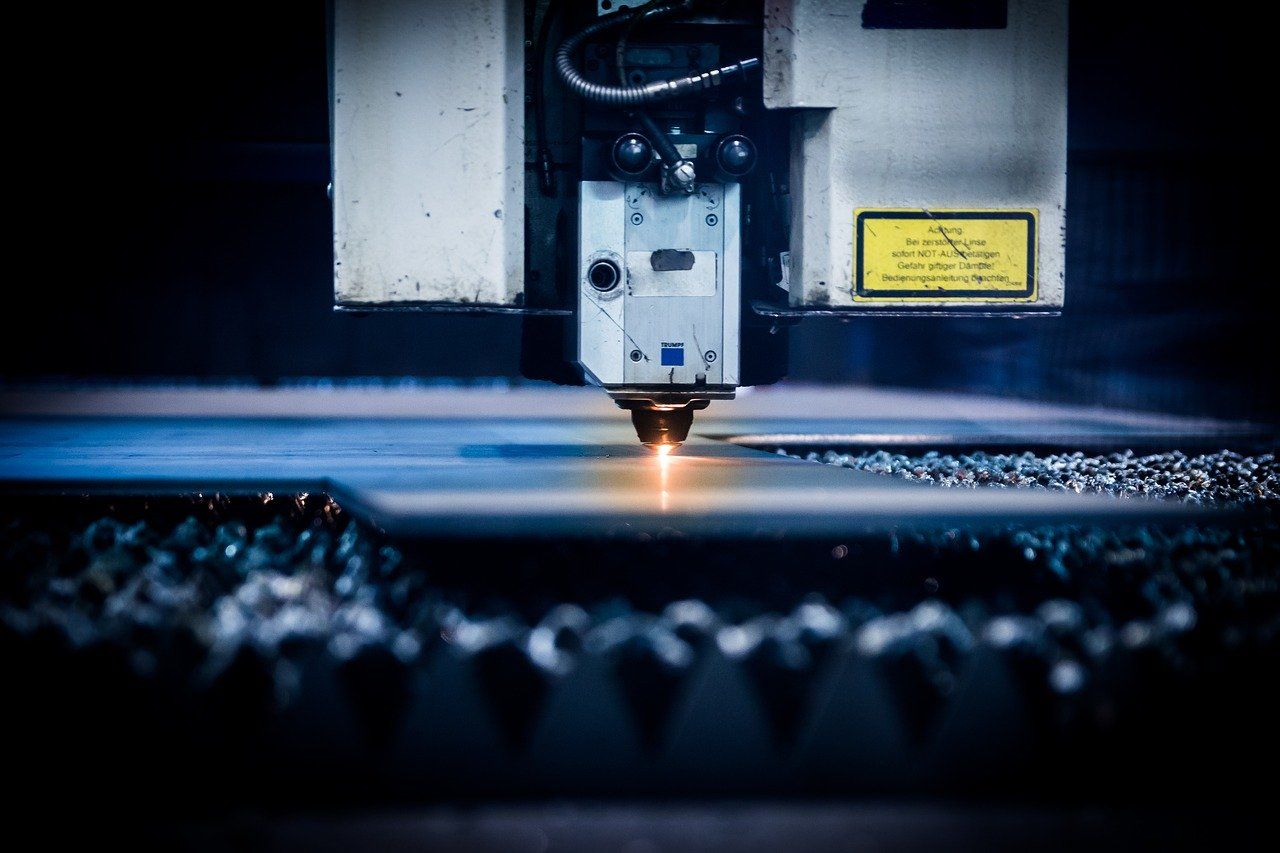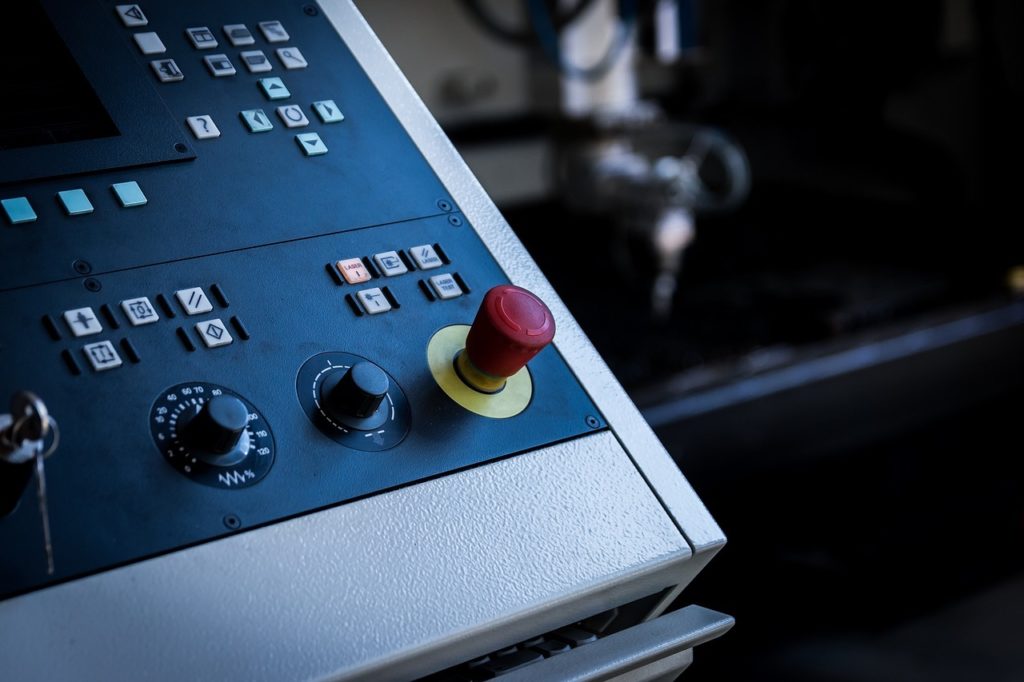Gravure sur bois : L’inventaire du matériel utilisable
La gravure sur bois est une activité qui a de nombreux usages. Outre l’intérêt artistique, elle permet de procéder à des marquages sur divers supports en bois. Parvenir au résultat désiré à cet effet nécessite de disposer d’un matériel adéquat, fiable mais aussi pratique.
De nombreux outils manuels permettent de réaliser des marquages sur le bois. C’est notamment le cas du burin. Il est également possible de parvenir au résultat escompté en travaillant le bois au moyen de la chaleur.
Outre les outils manuels, le recours à du matériel automatisé permet aussi de graver sur du bois. Plus rapide et bien plus fiable, ce type de matériel permet d’atteindre de grandes performances en matière de gravure sur bois. C’est notamment le cas pour les machines de gravure laser basiques, disponibles notamment à l’achat sur Amazon.
Le matériel de gravure sur bois : les outils manuels
Le burin de gravure
L’outil de base pour réaliser une gravure sur bois est le burin. Manuel, il se caractérise par une prise en main assez ardue et nécessite un bon entrainement pour présenter des résultats intéressants.
Sur le registre de la précision, le burin n’offre pas de grandes performances, sauf à en avoir une expérience et une maitrise frisant la maestria. Cet outil rudimentaire permet une gravure relativement grossière et avec un faible niveau de détails et de nuances.
Le fer à souder
Le fer à souder est un matériel qui permet de faire de la pyrogravure : la gravure est faite sur le bois au moyen de la chaleur. Cet outil se caractérise par un niveau de finesse bien plus élevé que celui du burin.
Le stylo graveur
Le stylo graveur est un outil manuel alimenté par l’électricité. Il peut être équipé de fraises de différentes tailles afin de produire des impressions diverses sur le bois. Le matériel offre un niveau de confort particulier car il permet de travailler le bois avec beaucoup de souplesse.
La diversité des fraises disponibles rend possible une œuvre détaillée et pourvue de nombreuses nuances.
Gravure sur bois : Le recours au laser
En plus de permettre la découpe du métal, la technologie laser permet le travail de nombreux autres matériaux. La découpe du bois au laser est l’une des applications connues du laser. Mais cette technologie ne se limite pas à cet usage.
Le graveur laser
Cet appareil numérique et entièrement automatisé permet de graver le bois au moyen du laser. Léger et relativement peu volumineux, il offre la possibilité de réaliser sur le bois une impression irréprochable, sur la base des modèles qui lui sont transmis.
Le graveur laser permet ainsi d’effectuer des gravures personnalisées et de grande qualité sur le support en bois.
Trotec Laser est par exemple une entreprise spécialisée dans ce type de matériel. Elle propose une gamme variée d’appareils et d’outils permettant des applications tant professionnelles que réservées à un usage personnel.
Le mode de fonctionnement
En sa qualité d’appareil numérique, le graveur laser reçoit les indications relatives à la gravure à partir d’un autre appareil. Il peut s’agir d’un smartphone, d’une tablette ou d’un ordinateur. Divers modes de connexion permettent la transmission du contenu ou du motif à graver sur le bois.
Le fonctionnement du matériel automatisé de gravure sur bois est assuré par une connexion USB, ce qui permet une grande flexibilité dans son alimentation électrique.
Les différents types disponibles
Les graveurs laser disponibles sont de divers types :
- Le laser d’un graveur à CO2 est formé par un mélange de CO2 agité par une source d’électricité. Son faisceau est de bonne qualité et il équipe une majorité de modèles ;
- Le laser à fibre optique dégage une puissance bien plus élevée et est également plus résistant et durable à l’usage ;
- Le laser à cristal est connu pour sa solidité. S’il n’est pas aussi durable que le laser à fibre, il permet cependant de marquer une large variété de matériaux.
Besoin de faire du soudage de haute-performance et non de la gravure laser ? Rien de plus simple avec la nouvelle technologie de poste à souder laser du leader allemand IPG.
L’intérêt du laser pour graver sur le bois
Le principal intérêt à employer un graveur laser pour graver du bois réside dans sa rapidité. L’appareil peut en effet reproduire un schéma ou un motif avec une vitesse étonnante alors que le travail à la main est lent et laborieux.
Un autre point positif à l’actif du graveur laser tient à la fidélité du rendu. Le résultat du travail est en effet toujours d’une extrême précision et d’une excellente qualité, à condition que l’appareil soit utilisé convenablement. Vous pouvez cliquer ici pour lire un article qui parle de découpe laser.
La grande diversité des possibilités offertes constitue également un avantage qui justifie le recours au laser. Les nuances, les détails et la finesse de la reproduction en font un matériel de gravure sur bois qui permet d’atteindre un grand niveau de créativité.




